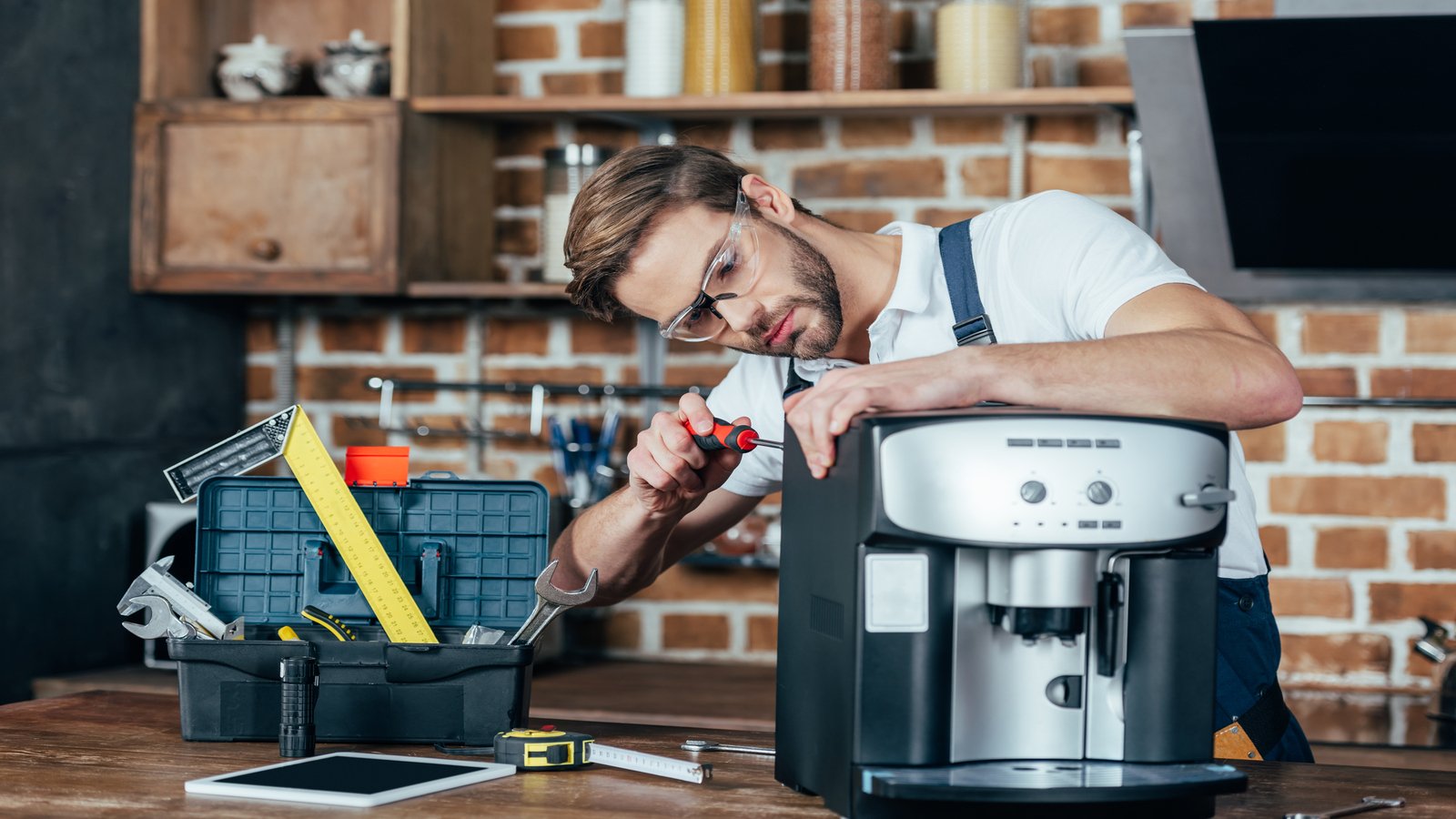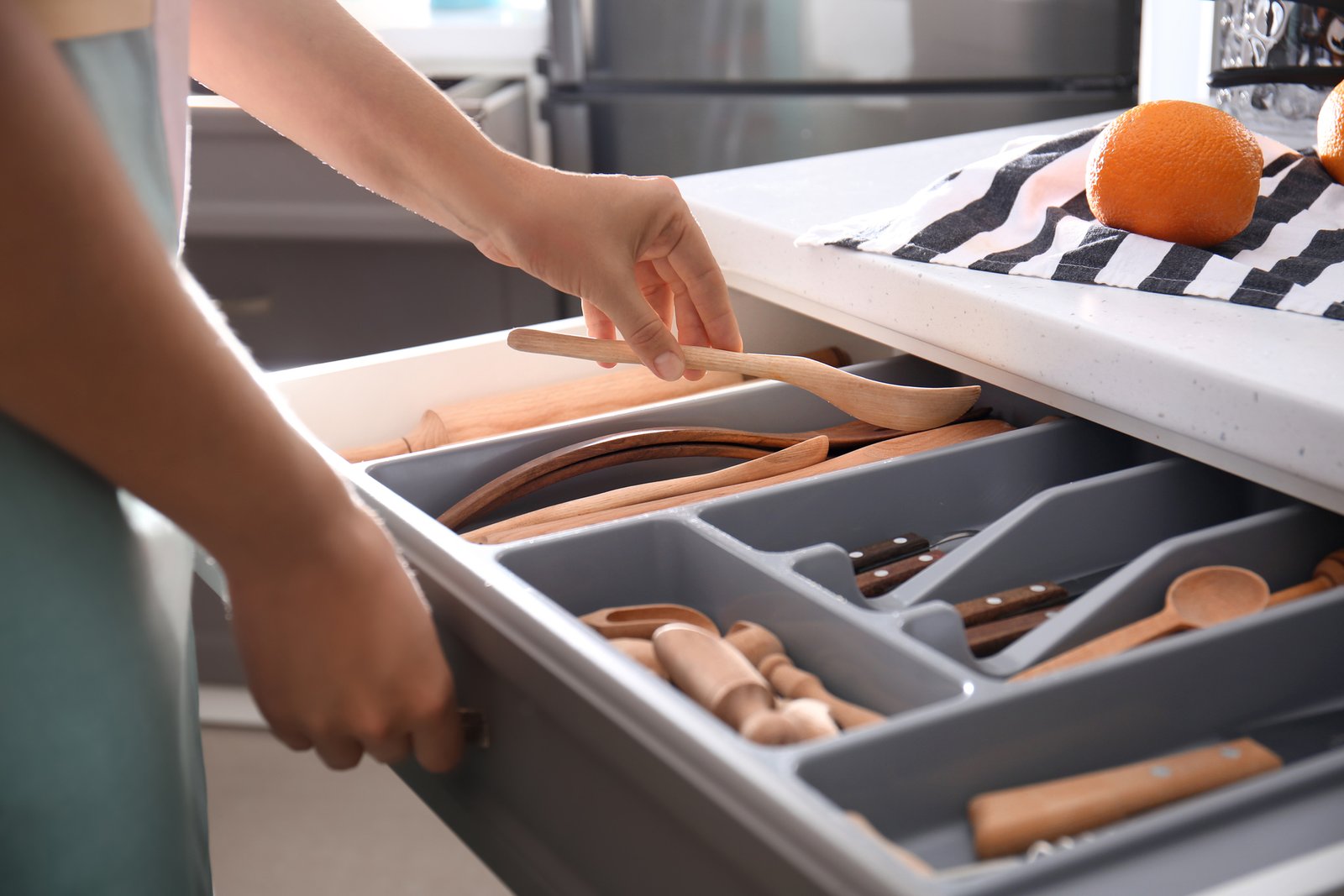Maintaining a clean home is a routine task that many of us diligently follow. We mop the floors, wipe the countertops, and scrub the bathrooms regularly. However, several areas often escape our cleaning radar, accumulating dust, grime, and bacteria over time.
Light Switches and Door Handles

Light switches and door handles are among the most frequently touched surfaces in any home, yet they rarely make it onto our cleaning checklist. These high-touch areas can harbor a multitude of germs and bacteria, transferred from our hands throughout the day. Regular cleaning of these surfaces is essential to prevent the spread of harmful pathogens.
Simply wiping them down with a disinfectant wipe or a cloth dampened with a solution of water and mild soap can make a significant difference. For a more thorough clean, using a cotton swab to reach into the crevices around the switches and handles can help ensure that all areas are properly sanitized.
Remote Controls and Electronics

Remote controls, game controllers, and other electronic devices are important in our daily lives, yet they often go uncleaned. These items can accumulate dirt, oils, and bacteria from frequent handling. To clean them effectively, start by removing the batteries from the remote control.
Then, use a soft cloth dampened with rubbing alcohol to wipe down the surface. For areas between the buttons, a cotton swab dipped in alcohol can be very effective. Larger electronics, such as keyboards and mice, can benefit from a blast of compressed air to dislodge dust and debris from hard-to-reach areas, ensuring that they are clean and free of contaminants.
Under and Behind Furniture

The areas underneath furniture are often neglected because they are out of sight and thus out of mind. These hidden spots can become breeding grounds for dust bunnies, allergens, and even pests if left uncleaned for too long.
Using a vacuum cleaner with a crevice tool can help reach into tight spaces and remove accumulated dust and debris. For larger pieces of furniture, such as sofas and beds, furniture sliders can make moving them easier and less physically demanding, allowing for a thorough cleaning.
Ceiling Fans and Light Fixtures

Ceiling fans and light fixtures are easy to overlook because they are above our line of sight. However, dust and grime can accumulate on the blades and fixtures, circulating allergens and reducing the quality of light in a room. To clean ceiling fans, use a long-handled duster or a microfiber cloth to remove dust from the blades.
For a deeper clean, wipe each blade with a damp cloth and a mild detergent. Light fixtures can be cleaned with a damp cloth, but it is important to turn off the light and allow it to cool before doing so to avoid any risk of injury or damage to the fixture.
Baseboards and Molding

Baseboards and molding may not draw much attention, but they can collect a significant amount of dust and dirt over time. Neglecting these areas can make an otherwise clean room look dingy and neglected. To keep baseboards and molding looking their best, use a vacuum cleaner with a brush attachment to remove dust.
Wiping them down with a damp cloth or a sponge dipped in a solution of water and mild soap can help remove any stubborn dirt or grime. For particularly tough spots, a mixture of baking soda and water can be used to scrub away residue, leaving your baseboards and molding looking fresh and clean.
Inside Kitchen Appliances

While we often clean the outside of our kitchen appliances, the insides can be easily forgotten. Ovens, microwaves, refrigerators, and dishwashers can harbor food particles, grease, and mold if not regularly cleaned. To clean the oven, use a commercial oven cleaner or a homemade mixture of baking soda and water. Wipe down the interior of the microwave with a damp cloth and a mild detergent, or use a solution of vinegar and water to remove odors.
Clean your refrigerator by regularly wiping down shelves and drawers with a solution of water and baking soda to keep them fresh. Running an empty dishwasher with a cup of white vinegar can help remove buildup and odors, ensuring your appliances are clean and functioning optimally.
Air Vents and Filters

Air vents and filters play a crucial role in maintaining indoor air quality, yet they are often neglected during regular cleaning routines. Dust and allergens can accumulate in these areas, affecting the efficiency of your HVAC system and the quality of the air you breathe.
To clean air vents, remove the covers and wash them with a damp cloth and mild detergent. Vacuuming inside the vents can help remove dust and debris. It is also important to replace or clean air filters regularly according to the manufacturer’s instructions to ensure that your HVAC system is operating efficiently and effectively.
Bathroom Exhaust Fans

Bathroom exhaust fans help remove moisture and odors, but they can become clogged with dust and lint over time, reducing their efficiency and increasing the risk of mold growth. To clean a bathroom exhaust fan, start by turning off the power to the fan.
Remove the cover and wash it with warm, soapy water. Use a vacuum cleaner with a brush attachment to clean the fan blades and motor. Regular cleaning of the exhaust fan can help maintain proper ventilation in the bathroom, reducing the risk of mold and mildew buildup.
Underneath and Behind Appliances

Areas underneath and behind large appliances, such as refrigerators, stoves, and washing machines, often go unnoticed and uncleaned. These spaces can accumulate significant amounts of dust, food particles, and moisture, attracting pests and creating hygiene issues. To address this, periodically move the appliances to vacuum and mop the floor underneath and behind them.
Using a long-handled duster or a vacuum cleaner with a crevice tool can help clean behind the appliances effectively. Additionally, checking for and cleaning any spills or leaks can prevent mold and mildew growth, ensuring a clean and healthy home environment.
Window Tracks and Blinds

Windows are a focal point in any room, but the tracks and blinds are often overlooked during regular cleaning. Dust, dirt, and even mold can build up in these areas, affecting the appearance and function of your windows. To clean window tracks, vacuum to remove loose dirt and debris, then use a damp cloth or a sponge with mild detergent to wipe them down.
For blinds, use a microfiber cloth or a specialized blind cleaner to remove dust. For a deeper clean, remove the blinds and wash them in a bathtub with warm, soapy water. Regular cleaning of window tracks and blinds can enhance the overall cleanliness and aesthetic of your home.
Mattresses and Pillows

We spend a significant portion of our lives on our mattresses and pillows, yet they often go uncleaned. Dust mites, sweat, and skin cells can accumulate, affecting sleep quality and health. To maintain a clean sleeping environment, vacuum the mattress regularly to remove dust and debris. Spot-clean any stains with a mixture of mild detergent and water.
Using a mattress protector can extend the life of your mattress and make cleaning easier; be sure to wash the protector regularly. Washing pillows according to the manufacturer’s instructions and replacing them every few years can also help maintain a clean and healthy bed.
Inside Drawers and Cabinets

Drawers and cabinets can become cluttered and dirty over time, with crumbs, dust, and spills accumulating unnoticed. To keep these spaces clean, periodically empty the contents and wipe down the interior with a damp cloth and mild detergent.
Using drawer liners can make cleaning easier and protect the surfaces from spills and stains. Organizing the contents of drawers and cabinets can also help prevent clutter and make future cleaning simpler, ensuring that these often-overlooked areas remain clean and orderly.


